

sbcltr explores The Sidi Project by Luke Duggleby on Africans
that have lived in India for centuries
Intrigued by scattered reports on the internet about people of African origin living in South Asia, British photographer Luke Duggleby, traveled to India in 2013 to meet them. He spent time living amongst them and documenting their traditions. The result of which is the ambitious Sidi Project that aims to document the lives of these South Asians of African descent, living not only in India, but also Pakistan. In January 2013 and 2015, he visited Gujarat, Karnataka and Mumbai. In early 2014, he went to Hyderabad and Bedin in Sindh in Pakistan. “What I found were a people who were incredibly attuned to their African ancestry despite now being totally assimilated in to Indian society. Whilst they obviously knew the brutal and devastating history of the slave trade was an integral part of their own personal past, they still talked about their roots with a great sense of pride. Some would say, without knowing for sure, their ancestors came from Ethiopia or Kenya, or simply that they didn’t know where from but only that they arrived on a boat from Africa,” he writes on his website.

Porters at a Wedding Procession: In the 18th century, Africans from the East Coast and Madagascar were transported to the Makran coast in Pakistan, and to Gujarat (India). Some were then sent to serve Indian and European elites in the north and east – as far away as Bengal.
The Sidi community as it is called, is a very small community of about only 25000 people in Gujarat, certain parts of Karnataka and Hyderabad. Today they have no common religion but are a combination of Christians, Hindu’s and Muslims, depending on the state they live in. The largest population of Sidis can be found in Gujarat because it was the common entry point for slave boats. Those in Gujarat are Muslim and fervently worship the Sidi saint of Bava Gor, believed to be an Ethiopian wandering faqir and trader. They also celebrate his Urs every year in a multi-day and night ceremony of music, dancing and spirit possession. Although over time, diaspora has done its bit and their culture has largely eroded. The biggest loss has been the loss of language. Sidis today speak the dialects of where they are settled—Konkani in Karwar, Marathi in Dharwar and Muslim Sidis speak Urdu as well as Gujarati. Today they participate in everyday Indian life and its traditions. So far music remains as one of the only few enduring link to their roots, but with time that too is fading. For example Sidis in Hyderabad today are not keen on talking about their identity and would rather keep it under wraps. African soldiers called Chaush served in the army of the Nizam-ul-Mulk from mid 19th century to 1948. These African soldiers had diverse backgrounds and were organised into two regiments, the bodyguards and the cavalry guards. Feroz bins Abdullah, the last guard interviewed and who has since been deceased believed his father came from Zanzibar. In addition to parading and performing military music as a show of force to assert the authority of the Nizam, the African soldiers also performed their own music for the court, which included drumming, dancing and singing. These regiments were disbanded after India’s independence in 1947. The soldiers’ descendants continue to live in the “AC Guards District” of Hyderabad.

Sidi Sa’d was a follower of the Ethiopian-born Deccan ruler Malik Ambar. He is shown playing the typical Nubian lyre. Today these lyres, called nangas by the Siddis, can be seen in their shrines, but no one knows how to play them.
There is now an African Diaspora Society of Asia Foundation, founded by Mohan Sidi, a community leader who has master’s degrees in human rights and activism. Mohan also helped Duggleby extensively on his project and works relentlessly towards the betterment of his community. In 2003 the Karnataka government included the Sidis on their list of Scheduled Tribes, thus giving their identity and culture some sort of a validation. But it is still a very small step for a community that is on the brink of extinction. Despite living in India for centuries, they are still subject to racism, belonging neither here nor there. With the Sidi project Duggleby aims to document the lives of many of the African communities that exist in various countries around the Indian Ocean as a means to explain the history of the movement of slaves across the Indian Ocean. With many Afro-Asian’s living on the fringes of society, often poor, often uneducated and subject to being placed in to the lower rungs of South Asia’s strict hierarchical social ladder; they receive little attention. “I want this to be a place where people can learn about the Afro-Asian communities, about their history and their customs. To witness their life through my photography and most importantly know that they are there. And it is through learning of their existence that the memory of the horrors of the slave trade can be kept alive and we, as humans, can learn from our mistakes.”
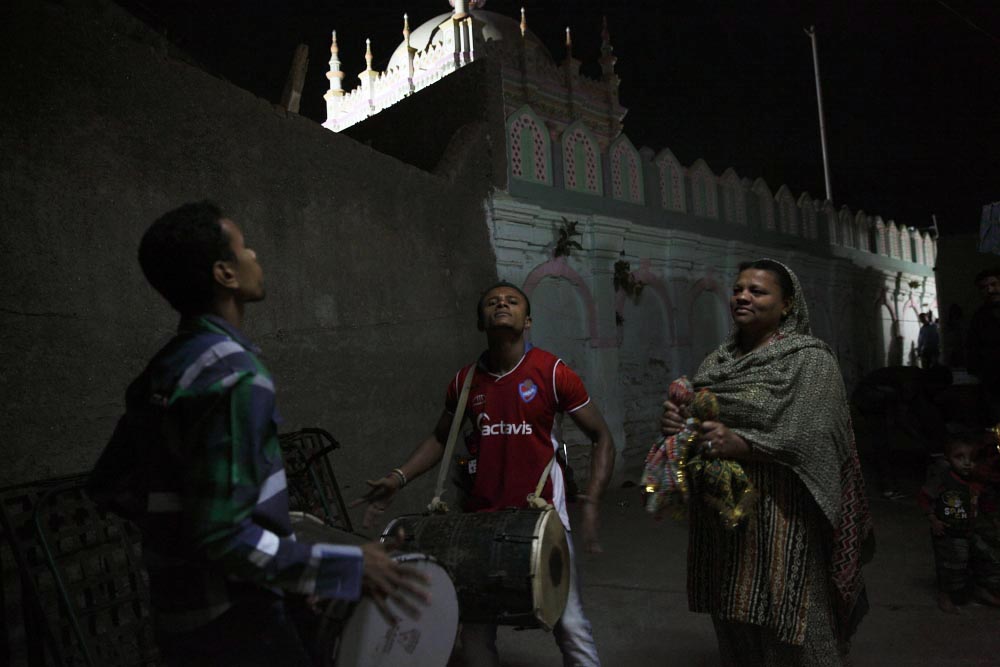
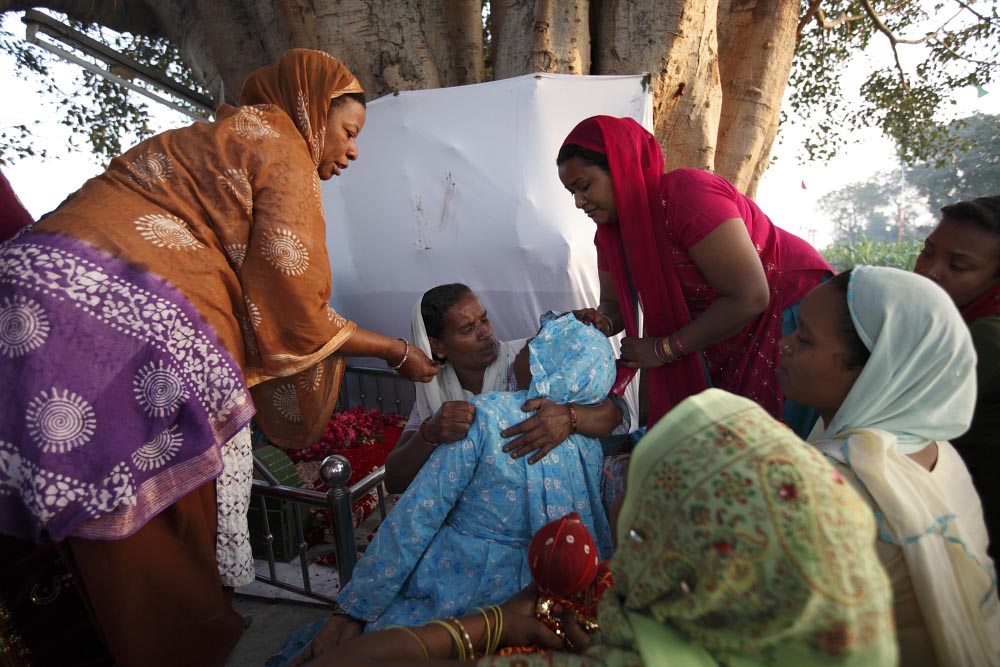
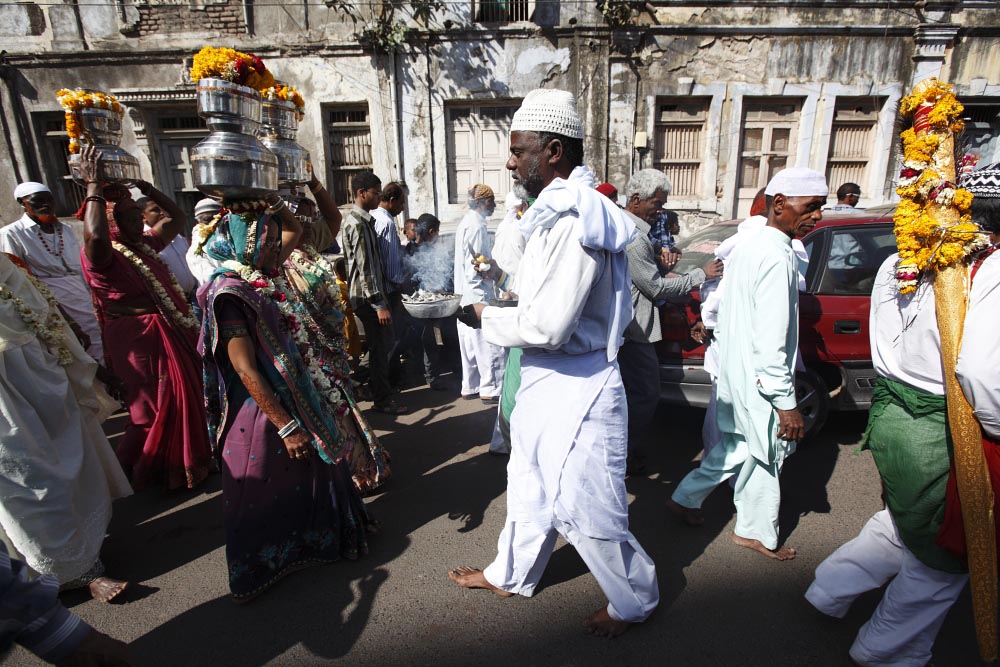
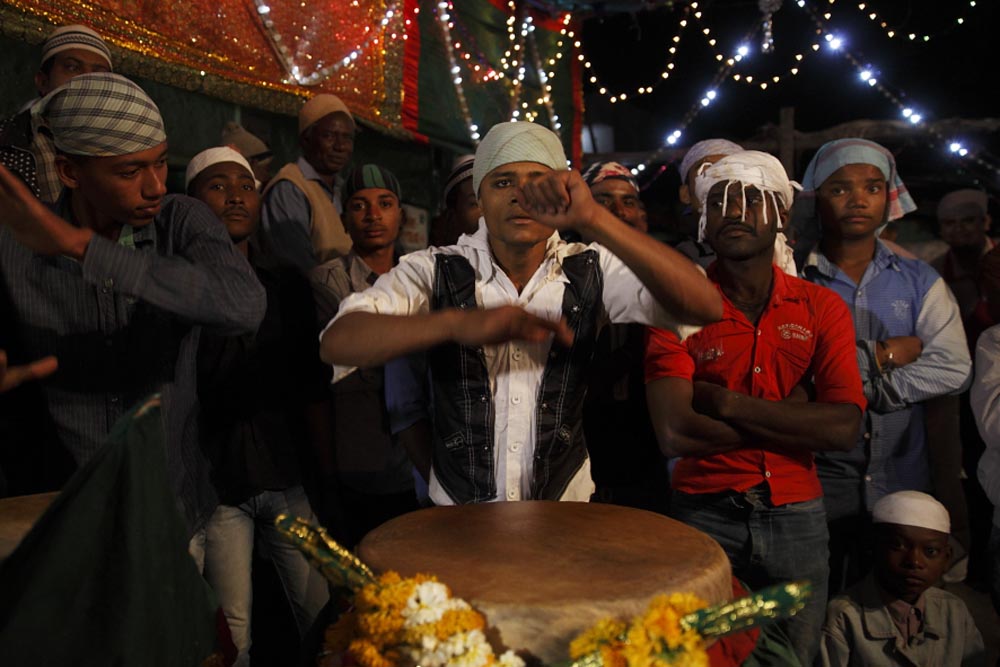
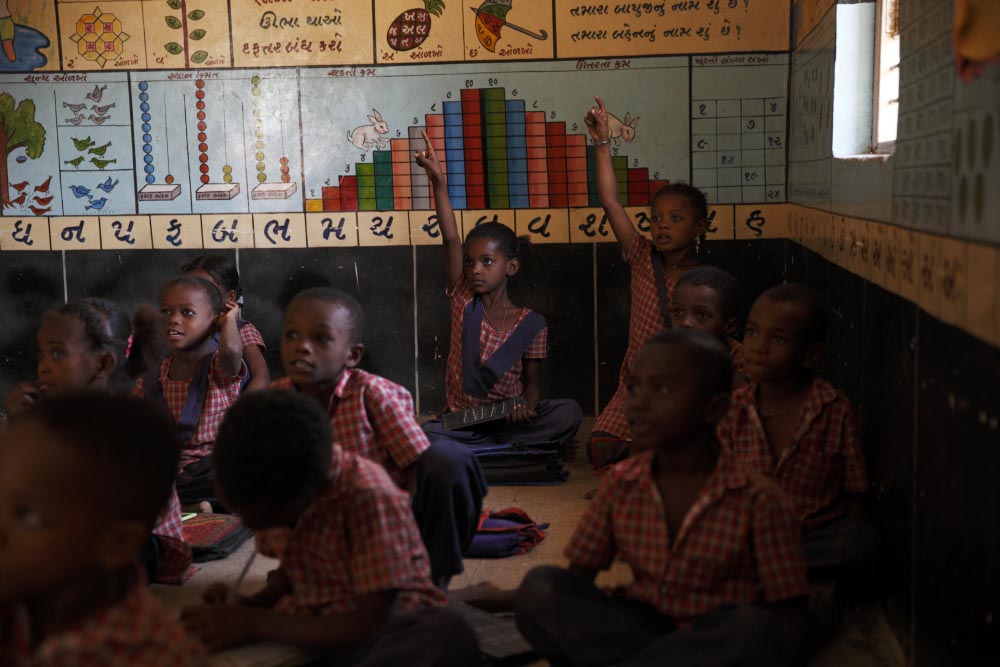
Luke Duggleby specialises in documentary,travel and portrait photography. You can check out more of The Sidi Project here